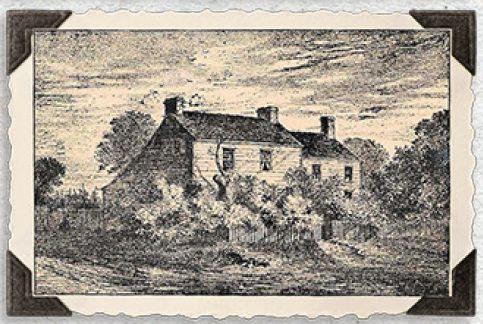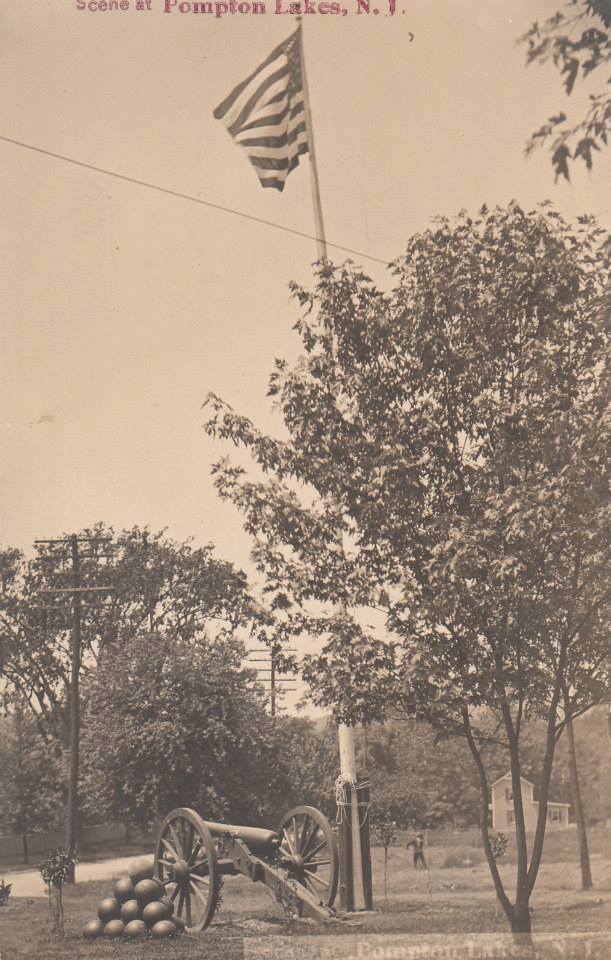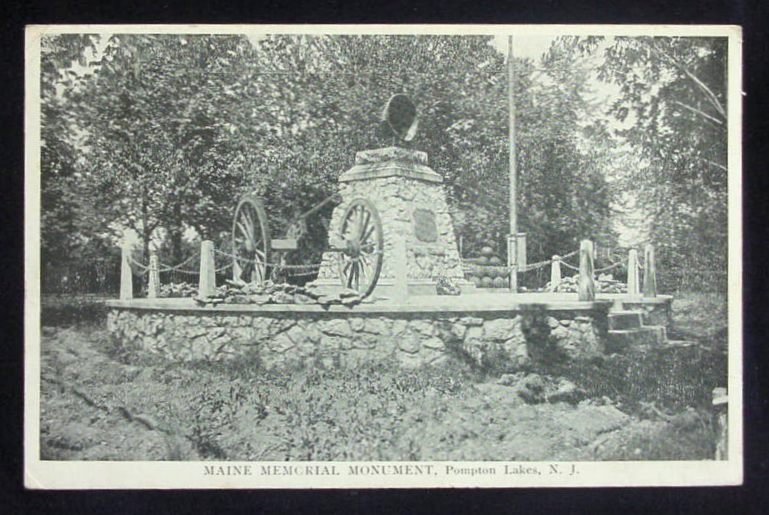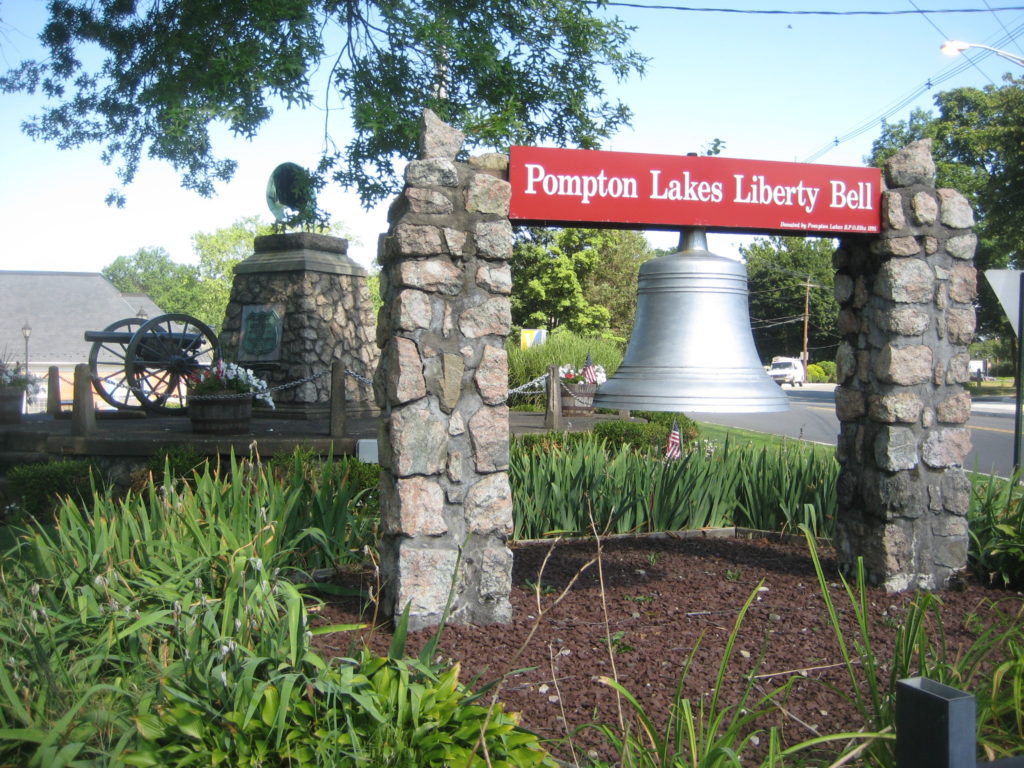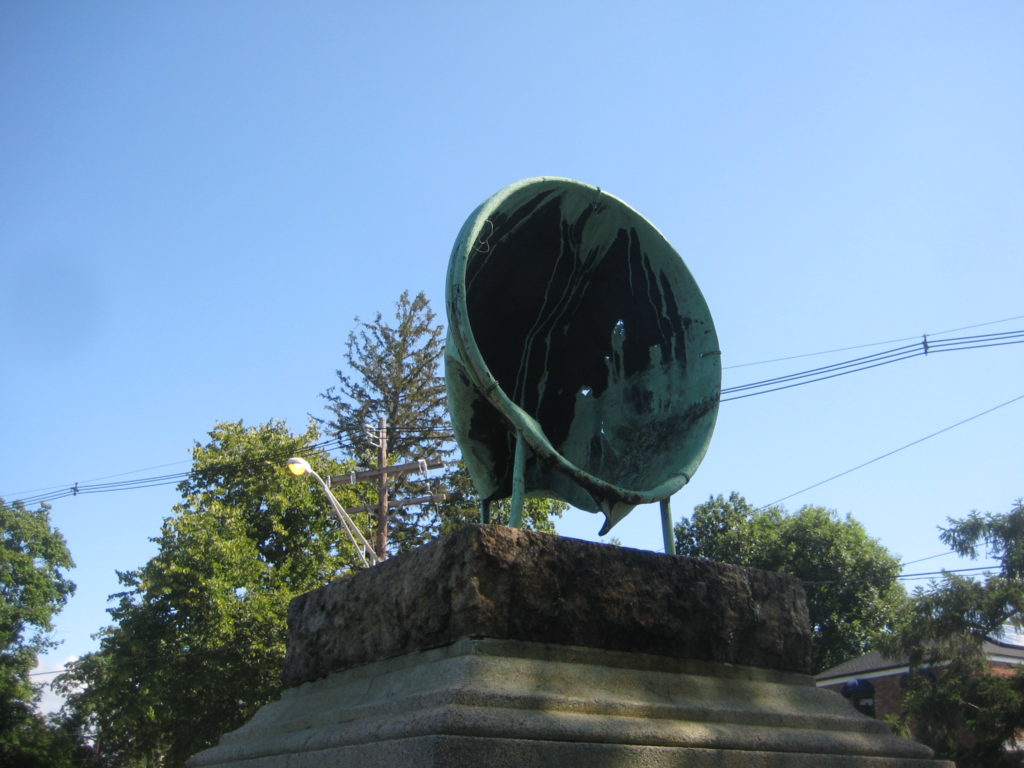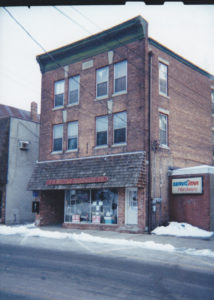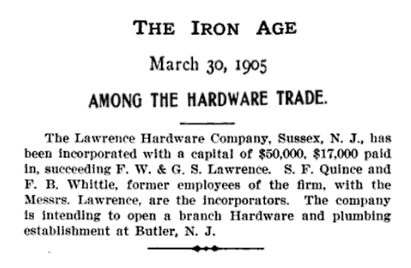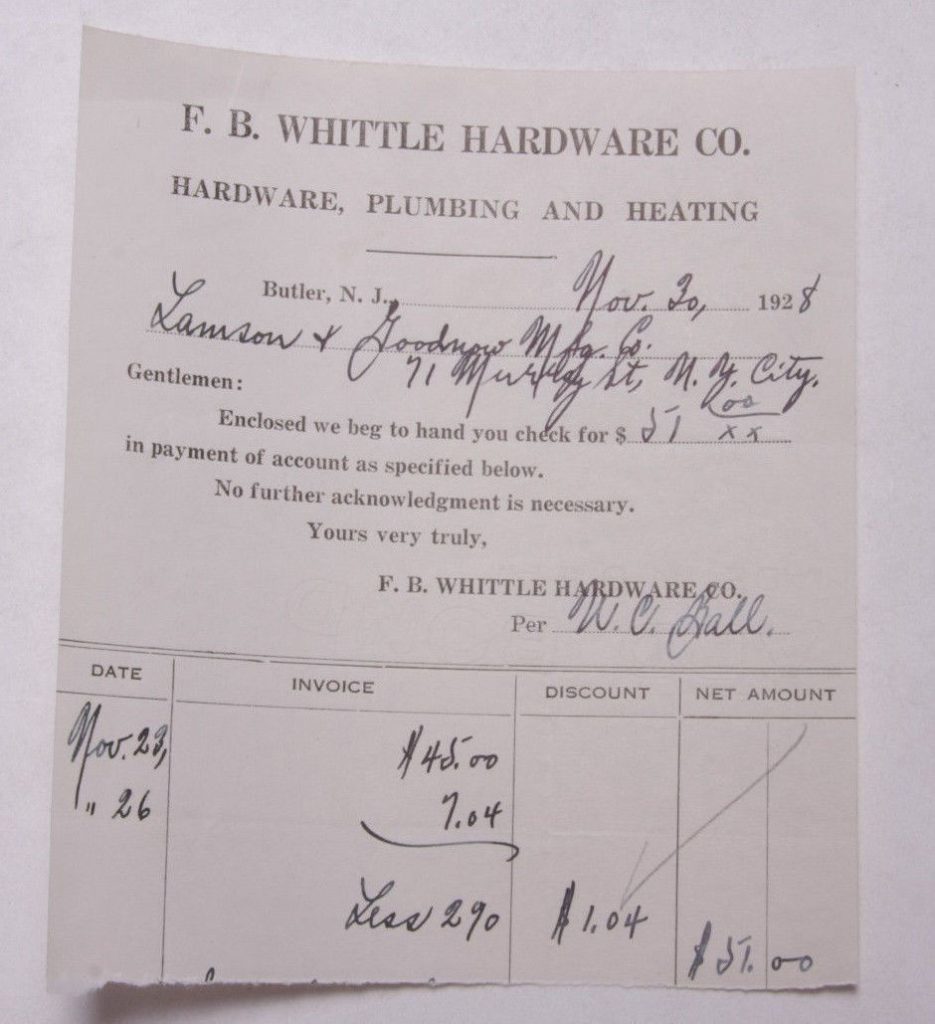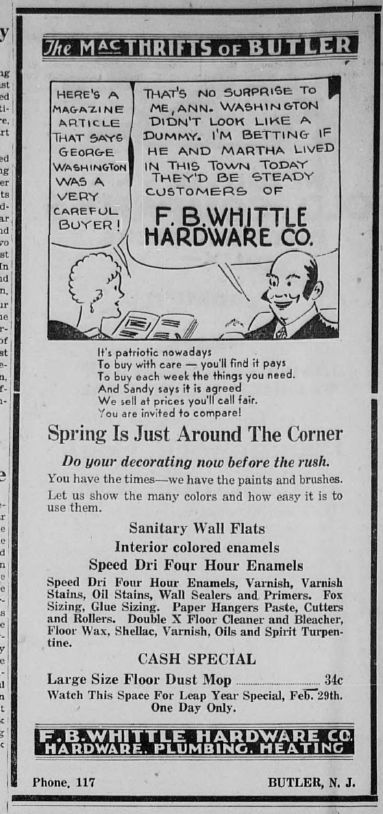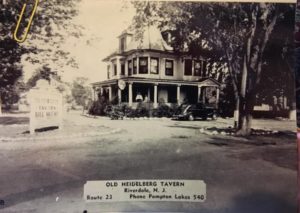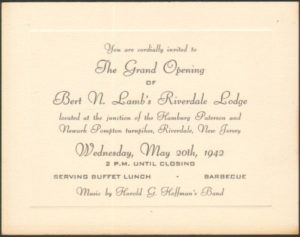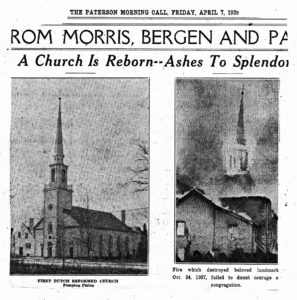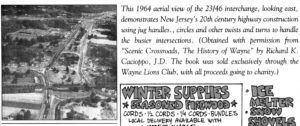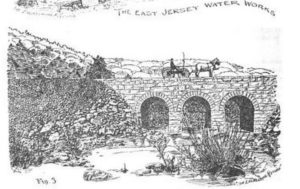Pequannock residents still fondly recall a German restaurant known as the Triangle Hofbrau. In its last incarnation, it stood on Route 23 in Pequannock at the corner of Madison Street. It was an authentically high-class German restaurant, specializing in sauerbraten, roast Long Island Duckling, leg of lamb, reh schnitzel (venison steak), and a variety of seafood.

The original Hans’ Triangle Grill, a humble hot dog stand, was opened about 1932 on the Newark-Pompton Turnpike, on a literal triangle of land that intersects Lincoln Park Road. (In later years the location would be home to The Point, Rumsellers, and other establishments. Now, it’s a bank.) It was owned and run by Hans and Hilda Gropp, who had immigrated years before.
In 1933, when NJ began building Route 23, Hans and Hilda purchased land on the southbound side and moved the Triangle Grill there. The grand opening on July 30, 1936 was an immediate success, due in part to the traffic passing by. In those days, the highway’s north- and south-bound lanes were separated by a grass median. Conveniently, an opening in the median permitted north-bound cars to pull right into the parking lot.

Inside, the tap room and dining rooms were finished in knotty pine to resemble an Alpine hunting lodge. A varied selection of choice wines and liquors joined the menu. At some point soon after, the Gropps renamed it the Triangle Hofbrau, and expanded their menu, making it a full-fledged — and authentically German — restaurant.

Over the decades, various changes and additions were made. I believe this was how it looked in the 1930s. The original house (with living quarters upstairs) is still recognizable. At the far right was the original walk-up window for hot dogs and such. The parking lot is unpaved, too.
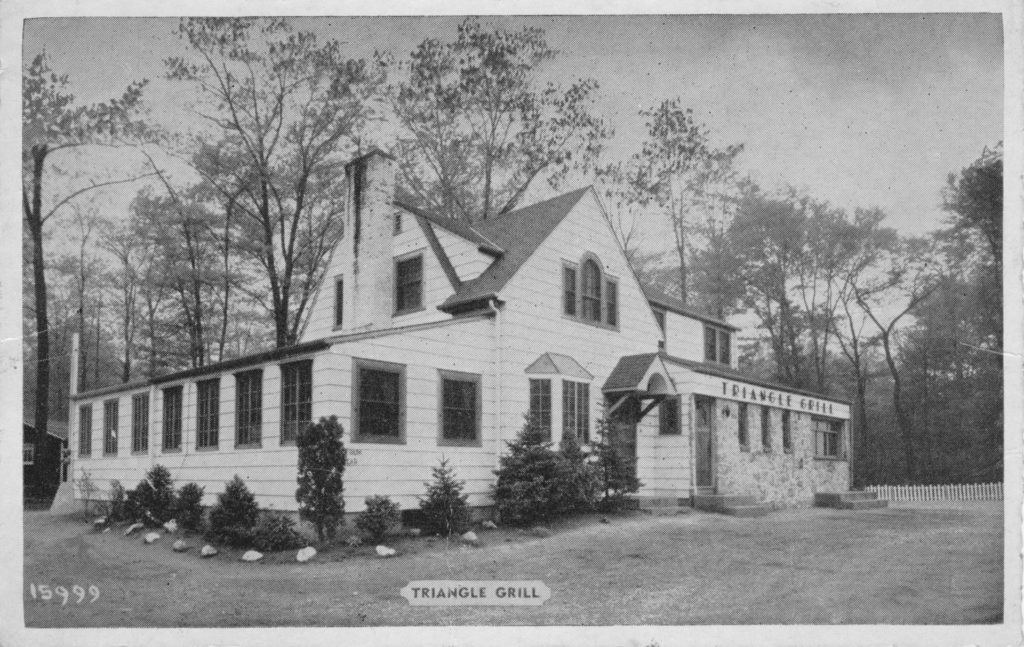
The Hofbrau served the area for many decades. The Gropps retired; other owners took over. According to W. Jay Wanczyk, head of the Pequannock Historic District Commission, ownership only changed hands three times in all of its history.
But in late 2007, the Triangle Hofbrau closed its doors for the last time. The place was sold to new owners, and Tiff’s Rivaaz now serves delicious food in its stead.
This is how I remember the Hofbrau; I passed it a zillion times, as I grew up on Madison Street. Compare with the earlier photos.

-30-

